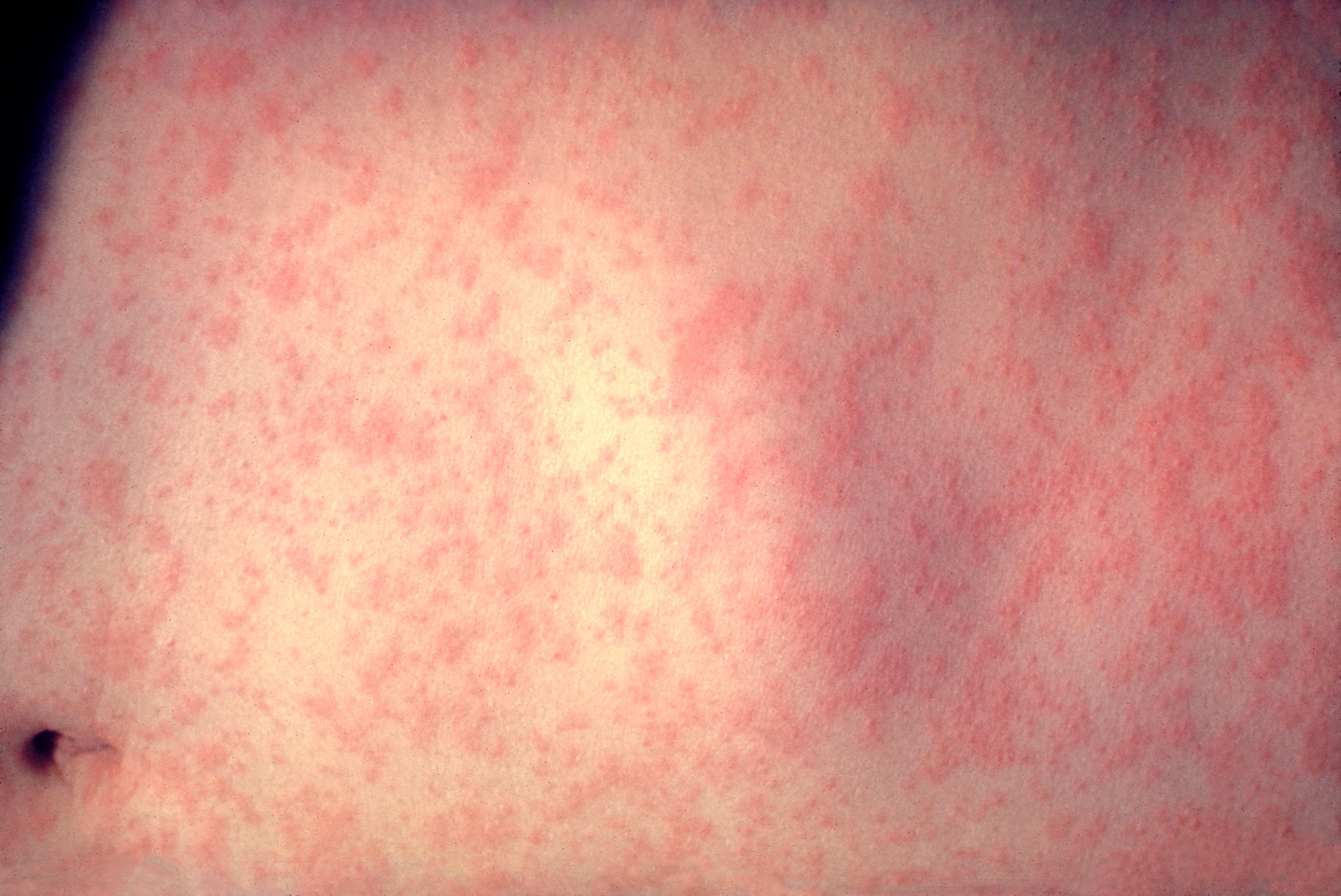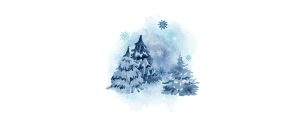Recently, we have seen another outbreak of measles in the United States. LA County currently has about 7 reported cases of measles. Many of these are students returning from traveling abroad. In addition, there may have been some exposure to measles recently at the Long Beach airport. If you traveled through the Long Beach airport between March 30th and April 7th, you may have been exposed to measles.
According to the CDC, “from January 1 to April 26, 2019, 704** individual cases of measles have been confirmed in 22 states. This is an increase of 78 cases from the previous week. This is the greatest number of cases reported in the U.S. since 1994 and since measles was declared eliminated in 2000.”
These outbreaks are due to the highly contagious nature of measles and to travelers bringing measles back to the United States. The disease is spread through pockets of the community who have not been vaccinated. Ideally, most of the population should be immunized in order to protect unvaccinated people. Unvaccinated people are typically immunocompromised individuals. This is the phenomenon of herd immunity, where communities of people are able to remain largely protected from the spread of disease.
If you know you are traveling to an area where you’ll be exposed to measles, it is important that you make sure you’re vaccinated first.
This live measles virus isn’t like the one your grandparents or your great grandparents got. Because we’ve done such a good job vaccinating our kids, the current measles virus is much more potent. Essentially, you can consider it to be a superbug.
How the Measles Outbreak Spreads
- Places in the world where measles is still common (parts of Europe, Asia, Africa, and the Pacific)
- Travelers bringing measles into the US
- Individuals who are unvaccinated
- Pockets of unvaccinated people in the US cause measles to spread
This brings up a valuable conversation about vaccinating (especially the MMR or measles, mumps, rubella vaccine). Many parents will skip vaccinating for personal reasons, but this may be a risky choice. Measles can be dangerous for all humans, though more so for young children and infants. We recommend the first MMR for children ages 12-15 months and the second for children 4-6 years old, before kindergarten.
If you are traveling to a place where measles is still common, your pediatric healthcare professional may choose to vaccinate as young as 6 months. Any child younger than 6 months likely still has some of their mother’s passive immunity and the vaccine will not be effective. Children who receive the MMR vaccine at 6 months should have two more rounds at the recommended ages, at no added risk.
Symptoms of Measles
- High fever
- Runny nose
- Cough
- Rash on body and face
- Red, watery eyes (conjunctivitis)
- Koplik spots in the mouth
Individuals are contagious for up to four days before symptoms even appear. This virus remains in the air and on surfaces for up to 2 hours after an infected sneeze or cough. According to the LA County Department of Public Health, “Persons with measles are contagious from 4 days before until 4 days after the rash appears.” Individuals who are unvaccinated, immunocompromised, or who may be infected should isolate themselves as much as possible during an outbreak.
Measles Complications
- Otitis media (middle ear infection)
- Meningitis
- Diarrhea
- Pneumonia
- Encephalitis
What to Do If You Think You May Be Infected
 If you think you may have the measles virus it is very important that you call ahead. Do not simply show up in an emergency department or urgent care center and potentially infect everyone inside it. Call your healthcare practitioner, ER, or urgent care to get instructions on how to get the care you need without infecting any more people. Ideally, the patient will remain in isolation until they are no longer contagious.
If you think you may have the measles virus it is very important that you call ahead. Do not simply show up in an emergency department or urgent care center and potentially infect everyone inside it. Call your healthcare practitioner, ER, or urgent care to get instructions on how to get the care you need without infecting any more people. Ideally, the patient will remain in isolation until they are no longer contagious.
For questions or concerns, please contact your pediatric healthcare practitioner or refer to the CDC’s Q&A webpage on measles.




